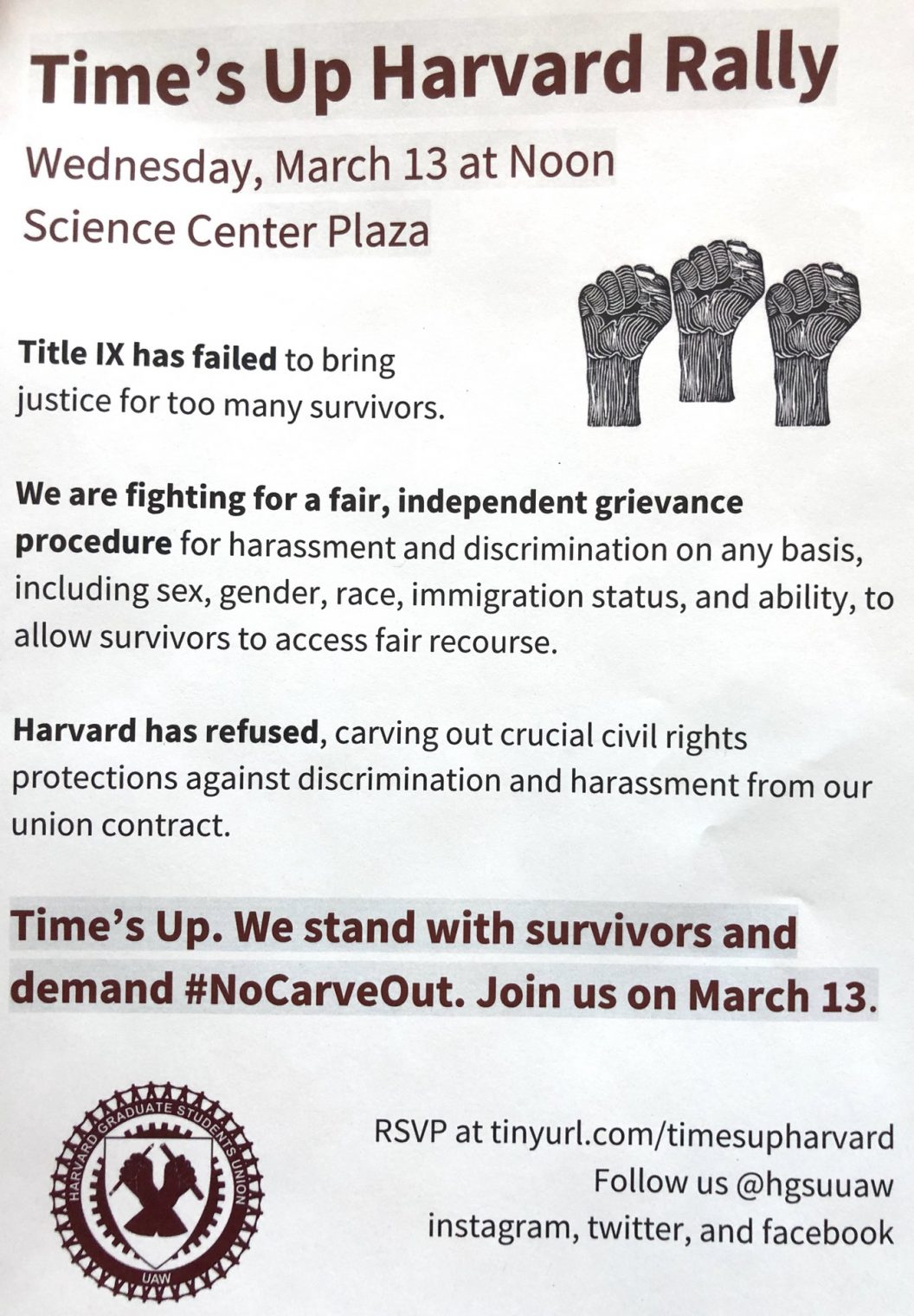Conventional to have a 200-hour copilot on a Boeing?
Friends have been asking about the recent (second) Boeing 737 MAX crash (Wikipedia). I wrote some stuff about the first crash, e.g., in
- https://philip.greenspun.com/blog/2018/11/11/boeing-737-crash-is-first-mass-killing-by-software/
- https://philip.greenspun.com/blog/2018/11/16/boeing-737-max-8-crash-clear-tech-details/
(Summary: A single sensor going bad can cause a “runaway trim” situation from the pilot’s point of view. In theory, pilots can handle runaway trim. In practice, quite a few crashes have resulted from runaway trim.)
The latest crash has friends asking a new question: Was it normal to have a low-time pilot in the right seat? (see “Ethiopian Airlines said the pilot of Flight 302 had 8,000 hours of flying time but the co-pilot had just 200.” (nytimes))
I wrote about this question back in 2009 in “Foreign Airline Safety versus U.S. Major Airlines”:
Buttonhole any pilot in a U.S. commercial airport and you’ll learn that the major airlines hire only those pilots who have previously been captains of regional airliners or military planes. And the regional airlines, which supply most of the nation’s major airline pilots, mostly hire from among those who have been flight instructors for 750-1500 hours.
What’s changed since 2009? Following a regional turboprop crash in Buffalo, in which both pilots had more than 1,500 hours, Congress decided that they would prevent future crashes by requiring that all airline pilots have at least 1,500 hours (the possibility of the $30 million plane having 1/100th of the intelligence of a consumer drone was not considered).
Another change is that Corporate America’s passion for “diversity” enables members of official victim groups, e.g., pilots identifying as “women”, to be hired by a major airline without first flying for a regional (see https://philip.greenspun.com/blog/2018/05/12/the-purported-airline-pilot-shortage/).
Back to my 2009 article:
A foreign major airline, by contrast, does not have a large pool of regional airline pilots, ex-military folks, and flight instructors from which to draw. Most foreign countries do not have an infrastructure of airports, flight schools, and private pilots. There would be no work for a flight instructor in such a country. Unless the country is very large, there won’t be any regional airlines. Due to the shortage of qualified nationals, the foreign airline may screen young people and send the most promising to flight schools in the U.S. until they are trained to the minimum legal standards. For example, Japan Airlines runs a training center in Napa, California. Lufthansa trains its pilots in Arizona. A 23-year-old who can barely speak English and barely knows how to fly can go directly to the right seat of an Airbus.
So the crew experience situation on the accident aircraft was unusual by U.S. standards, but not by the standards of European or Asian airlines.
Friends have been asking whether they should fly the B737 MAX. With about 350 delivered so far and all during the last two years, the plane is developing a worse safety record (per year, if not per flight hour) than the four/five-seat Cirrus SR22. My advice: take the Airbus, if one is available. The Airbus fly-by-wire computer-in-the-middle philosophy is to protect the aircraft and passengers from pilots who aren’t at their best, for whatever reason. (Example: Captain Sully had the yoke full back during his famous approach into the Hudson River; a B737 would have stalled and spun given that control input, but the Airbus software kept everyone safe.)
Full post, including comments







































